BBC News
A man who died is found to have had the highly infectious virus, the first human case in West Africa.
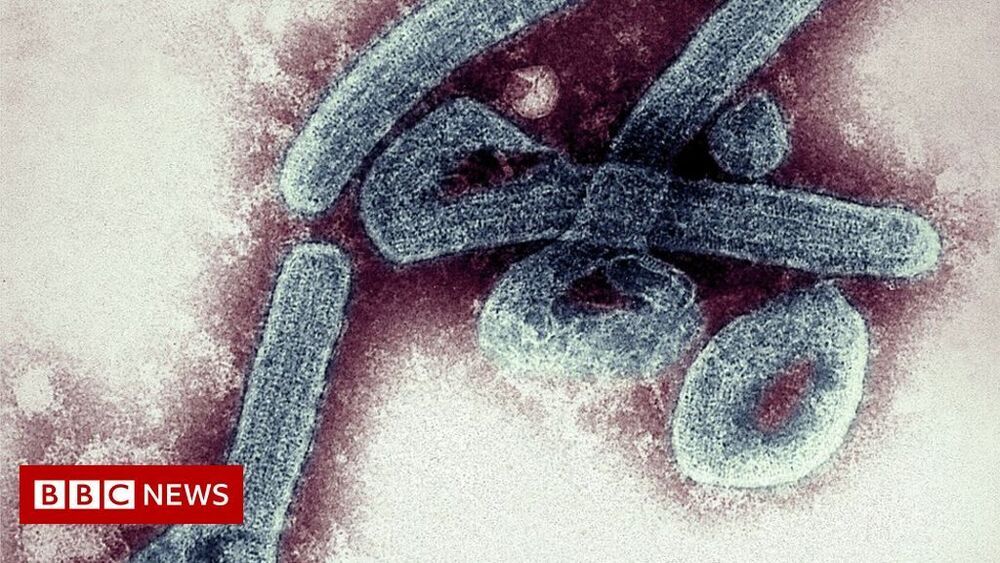
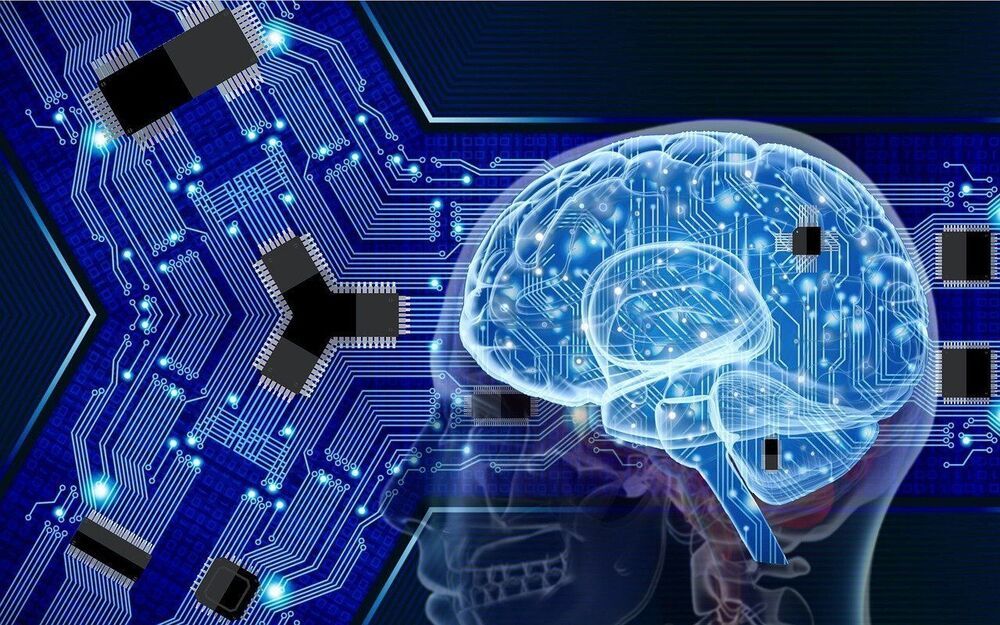
By examining MRI data from a large Open Science repository, researchers reconstructed a brain connectivity pattern, and applied it to an artificial neural network (ANN). An ANN is a computing system consisting of multiple input and output units, much like the biological brain.
Artificial neural networks modeled on human brain connectivity can effectively perform complex cognitive tasks.
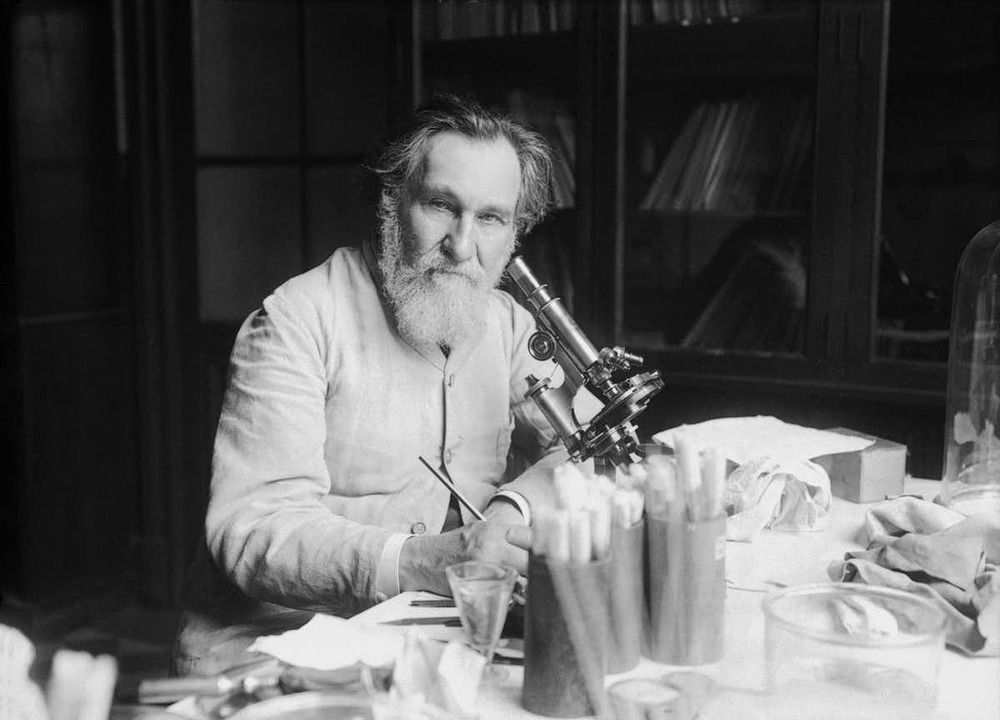
Evidence has been accumulating for almost a decade that the microbiome composition changes with age. In 2,012 research by my colleagues at University College Cork showed that diversity in the microbiome was linked to health outcomes in later life, including frailty.
In 1,895 on turning 50 Elie Metchnikoff became increasingly anxious about aging. As a result, the Russian Nobel prize-winning scientist, and one of the founders of immunology, turned his attention away from immunology and towards gerontology – a term that he coined.
He was fascinated by the role that intestinal bacteria play in health and disease and suggested that people from parts of eastern Europe lived longer because they ate a lot of fermented foods containing lactic acid bacteria.
Although popular at the time, this theory linking gut microbes to healthy aging was largely ignored by scientists until relatively recently. We now recognize the importance that the trillions of bacteria, known as the gut microbiome, have in regulating health and disease.
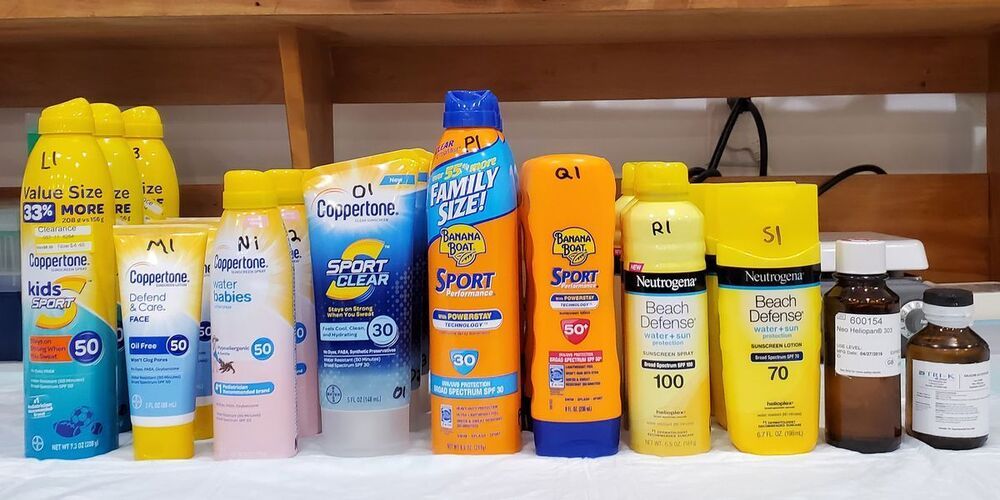
Researchers asked U.S. regulators to pull some sunscreens from the market, including brands such as Coppertone, Banana Boat and Neutrogena, saying they’ve found evidence of a potential carcinogen.
Scientists petitioned the Food and Drug Administration to remove from sale all sunscreens containing the active ingredient octocrylene. Products made with the chemical may contain benzophenone, a suspected carcinogen that also can interfere with key hormones and reproductive organs, according to a group led by Craig Downs, executive director of the nonprofit Haereticus Environmental Laboratory that studies risks to health and the environment.
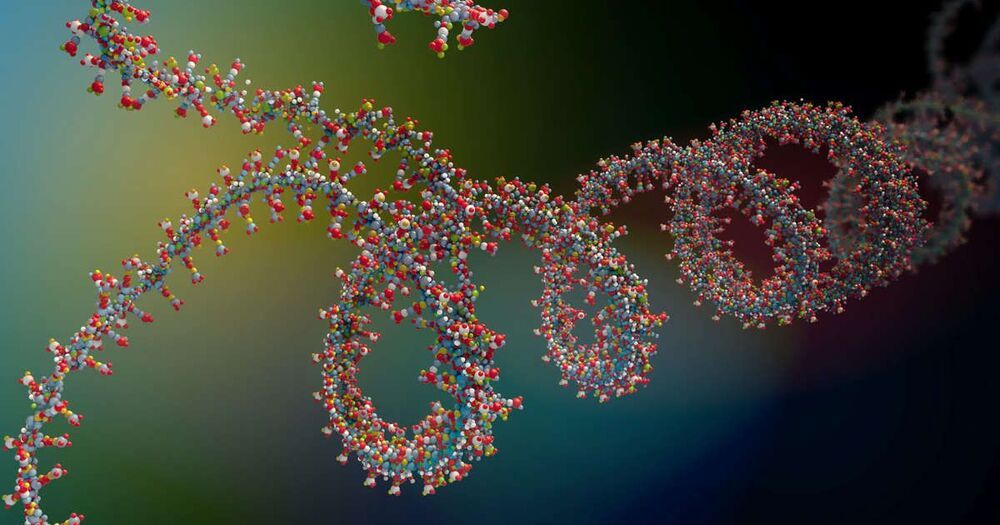
We combined a machine learning algorithm with knowledge gleaned from hundreds of biological experiments to develop a technique that allows biomedical researchers to figure out the functions of the proteins that turn genes on and off in cells, called transcription factors. This knowledge could make it easier to develop drugs for a wide range of diseases.
Early on during the COVID-19 pandemic, scientists who worked out the genetic code of the RNA molecules of cells in the lungs and intestines found that only a small group of cells in these organs were most vulnerable to being infected by the SARS-CoV-2 virus. That allowed researchers to focus on blocking the virus’s ability to enter these cells. Our technique could make it easier for researchers to find this kind of information.
The biological knowledge we work with comes from this kind of RNA sequencing, which gives researchers a snapshot of the hundreds of thousands of RNA molecules in a cell as they are being translated into proteins. A widely praised machine learning tool, the Seurat analysis platform, has helped researchers all across the world discover new cell populations in healthy and diseased organs. This machine learning tool processes data from single-cell RNA sequencing without any information ahead of time about how these genes function and relate to each other.
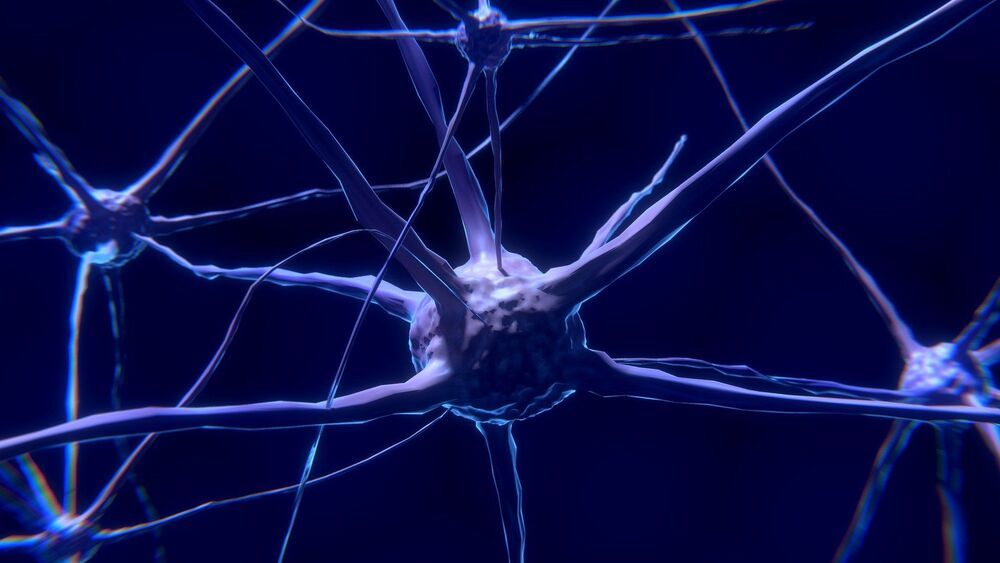
A new study shows that artificial intelligence networks based on human brain connectivity can perform cognitive tasks efficiently.
By examining MRI data from a large Open Science repository, researchers reconstructed a brain connectivity pattern, and applied it to an artificial neural network (ANN). An ANN is a computing system consisting of multiple input and output units, much like the biological brain. A team of researchers from The Neuro (Montreal Neurological Institute-Hospital) and the Quebec Artificial Intelligence Institute trained the ANN to perform a cognitive memory task and observed how it worked to complete the assignment.
This is a unique approach in two ways. Previous work on brain connectivity, also known as connectomics, focused on describing brain organization, without looking at how it actually performs computations and functions. Secondly, traditional ANNs have arbitrary structures that do not reflect how real brain networks are organized. By integrating brain connectomics into the construction of ANN architectures, researchers hoped to both learn how the wiring of the brain supports specific cognitive skills, and to derive novel design principles for artificial networks.
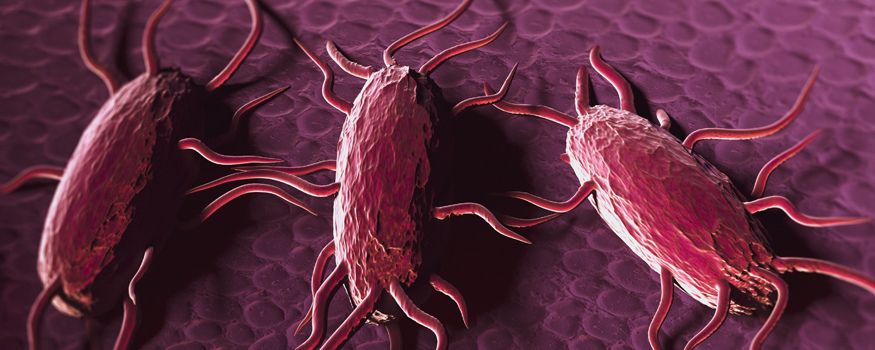
Probiotics help prevent some infections in this study.
However, relatively little is known about the mechanisms used by Listeria to cross the intestinal barrier. Understanding more about the way Listeria spreads around the body would allow us to consider strategies for preventing infection in high-risk populations.
At Purdue University in Indiana, USA, Professor Arun Bhunia, Dr Rishi Drolia and the team are researching the mechanisms of pathogenesis (development of disease) used by Listeria to enter the bloodstream.
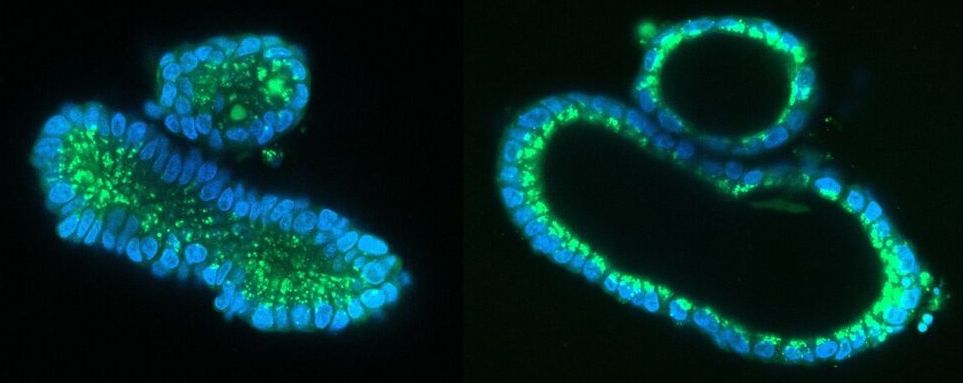
Researchers from the group of Hans Clevers (Hubrecht Institute) corrected mutations that cause cystic fibrosis in cultured human stem cells. In collaboration with the UMC Utrecht and Oncode Institute, they used a technique called prime editing to replace the ‘faulty’ piece of DNA with a healthy piece. The study, published in Life Science Alliance on August 9 shows that prime editing is safer than the conventional CRISPR/Cas9 technique. “We have for the first time demonstrated that this technique really works and can be safely applied in human stem cells to correct cystic fibrosis.”
Cystic fibrosis (CF) is one of the most prevalent genetic diseases worldwide and has grave consequences for the patient. The mucus in the lungs, throat and intestines is sticky and thick, which causes blockages in organs. Although treatments are available to dilute the mucus and prevent inflammations, CF is not yet curable. However, a new study from the group of Hans Clevers (Hubrecht Institute) in collaboration with the UMC Utrecht and Oncode Institute offers new hope.
Correcting CF mutations
The researchers succeeded in correcting the mutations that cause CF in human intestinal organoids. These organoids, also called mini-organs, are tiny 3D structures that mimic the intestinal function of patients with CF. They were previously developed by the same research group from stem cells of patients with CF and stored in a biobank in Utrecht. For the study, published in Life Science Alliance, a technique named prime editing was used to replace the piece of mutated DNA that causes CF with a healthy piece of DNA in these organoids.

Caffeinated coffee might be protective to overall health, but so is decaf. For example, a 2,019 systematic review published in the Journal of Human Nutrition and Dietetics aiming to “investigate the association of caffeinated and decaffeinated coffee consumption and all-cause mortality” found “similar inverse associations [between] caffeinated coffee and decaffeinated coffee [and all-cause mortality.]”
But is coffee healthy? And do coffee drinkers live longer than non-coffee drinkers?
At the turn of the 20th century, it was considered common knowledge that coffee was unhealthy—there were advertising claims that coffee drinking caused blindness and that “you can recover from any ordinary disease by discontinuing coffee.” And while that may obviously be untrue, there are continuing fears about whether coffee is actually healthy or not. Google receives 4,400 queries a month about” why coffee is bad for you” (for context, “why coffee is good for you” gets only 1,300 queries a month).
So with human life extension in mind, I decided to dig into the research. Can coffee consumption actually help spanners extend their healthspan and lifespan? How much is the right dose? How much is too little?
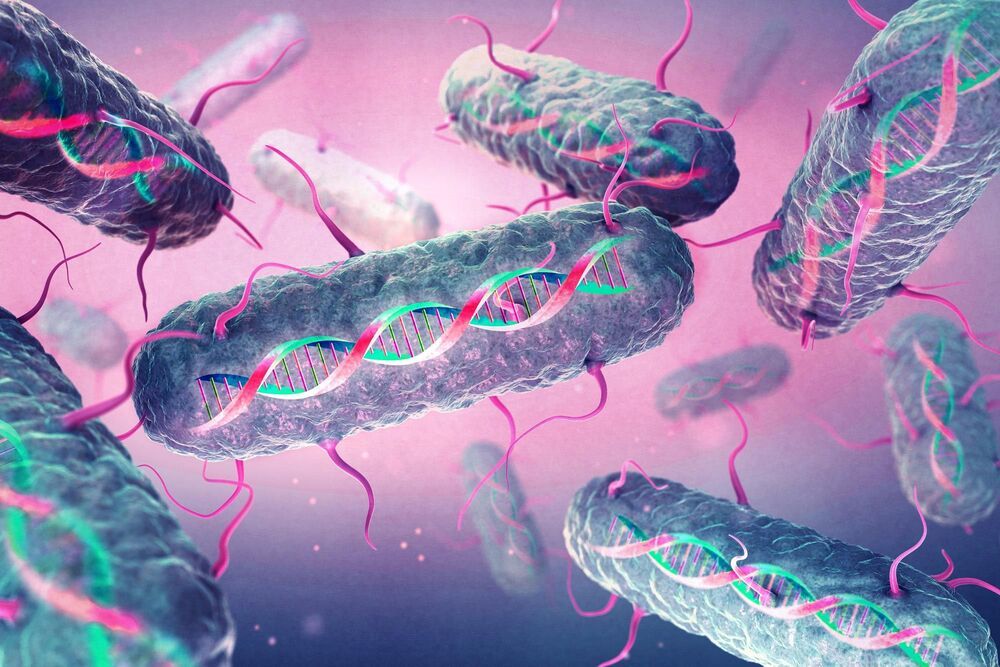
For several years, Lu’s lab has been working on ways to use DNA to store information such as memory of cellular events. In 2,014 he and Farzadfard developed a way to employ bacteria as a “genomic tape recorder,” engineering E. coli to store long-term memories of events such as a chemical exposure.
Technique for editing bacterial genomes can record interactions between cells, may offer a way to edit genes in the human microbiome.
Biological engineers at MIT
MIT is an acronym for the Massachusetts Institute of Technology. It is a prestigious private research university in Cambridge, Massachusetts that was founded in 1861. It is organized into five Schools: architecture and planning; engineering; humanities, arts, and social sciences; management; and science. MIT’s impact includes many scientific breakthroughs and technological advances.